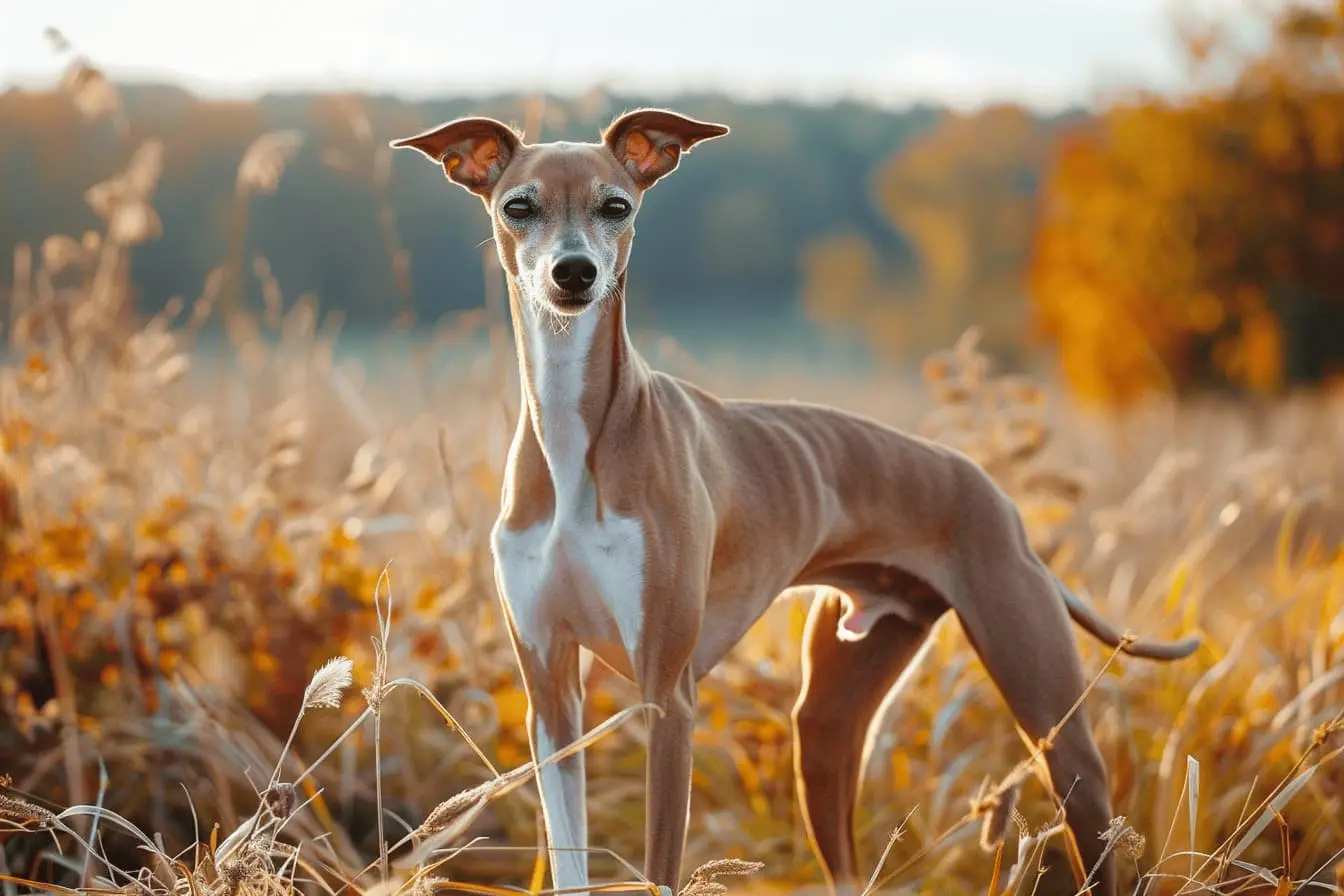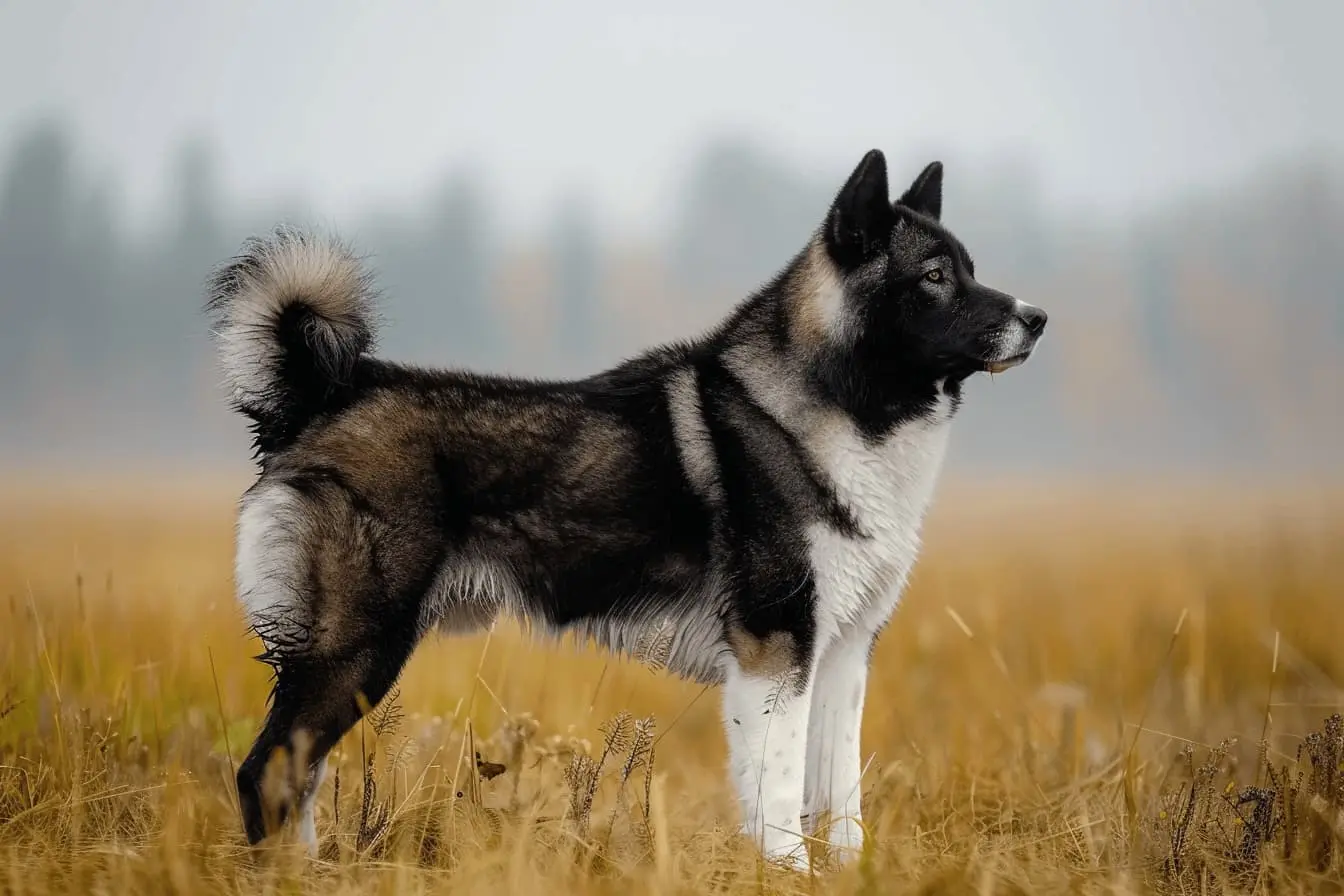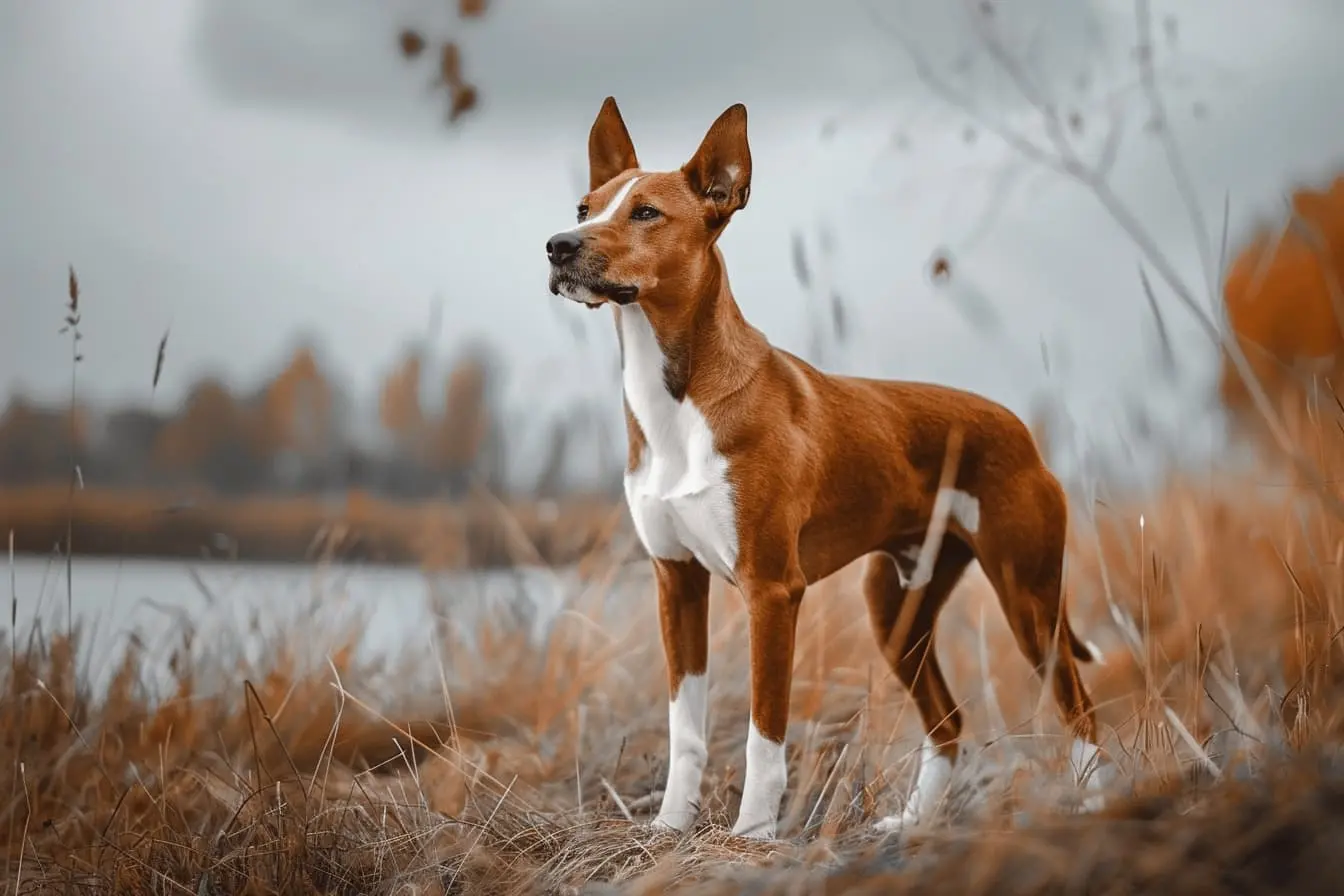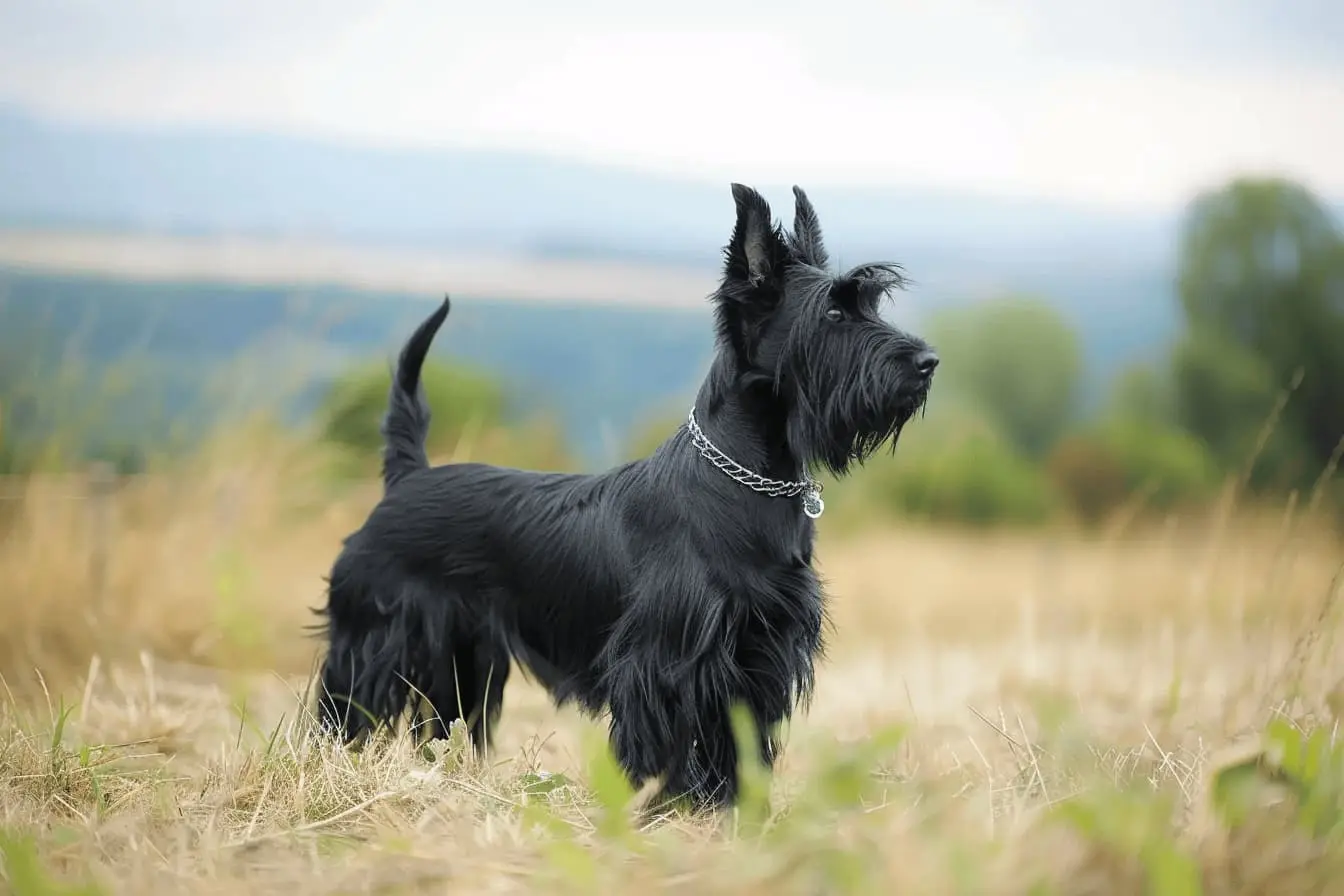
The Italian Greyhound: A Delicate Companion with an Aristocratic Heritage
The Italian Greyhound, a breed that epitomises elegance and grace, is the smallest of the sighthounds and possesses a charm that has captivated hearts for centuries. Known for their slender physique, deep affection, and playful spirit, Italian Greyhounds are more than just miniature versions of their Greyhound cousins—they bring a unique blend of joy, companionship, and style to any home. If you're considering bringing an Italian Greyhound into your life, it's important to understand their specific needs, temperament, and care requirements. This guide will provide you with a comprehensive overview of what to expect when owning an Italian Greyhound.
Breed Overview
Originating from the Mediterranean basin over 2,000 years ago, Italian Greyhounds were bred for companionship and hunting small game. Today, they're cherished for their loving nature, adaptability, and the elegance they bring into a home.
Physical Characteristics
- Size: Standing at about 13 to 15 inches tall at the shoulder and weighing 7 to 14 pounds, Italian Greyhounds are the embodiment of lapdog size with a sighthound heart.
- Coat and Colour: They have a sleek, short coat that comes in a variety of colours, including grey, slate grey, red, fawn, black, and white, often with beautiful markings.
- Lifespan: Italian Greyhounds typically enjoy a long lifespan, ranging from 14 to 15 years, with many living even longer with proper care.
Personality and Temperament
Italian Greyhounds are known for their deep attachment to their owners, often described as "velcro" dogs for their desire to be close to their human companions. They are playful and can be mischievous, but also incredibly sensitive, thriving on affection and dislike being alone.
Despite their athletic build, Italian Greyhounds are quite content with short bursts of play and exercise, followed by long periods of rest, preferably in a warm, cosy spot. They are naturally reserved around strangers but warm up quickly once they feel comfortable.
Exercise and Training
Italian Greyhounds have moderate exercise needs. They enjoy walks, spirited play sessions, and especially love to sprint in a safe, enclosed area. However, their exercise should be monitored, as their slender legs can be prone to injury.
Training an Italian Greyhound requires patience and consistency, using positive reinforcement methods. They can be stubborn, especially when it comes to housebreaking, so crate training and regular, scheduled outings are recommended to aid in this process.
Health and Care
While generally healthy, Italian Greyhounds are susceptible to dental issues, patellar luxation, and bone fractures. Their thin skin and delicate frame necessitate careful handling and protection from harsh weather conditions. Their short coats require minimal grooming but do benefit from regular baths and nail trims.
Living with an Italian Greyhound
Italian Greyhounds make excellent companions for various households, including flats, due to their small size and relatively low exercise requirements. They do best in environments where they can be close to their owners, as they do not thrive when left alone for extended periods.
Their sensitivity to cold means they need warm clothing during winter months and should sleep indoors. Despite their delicate appearance, IGs are agile and can be surprisingly sturdy, enjoying playful interaction and engagement.
Is the Italian Greyhound Right for You?
If you're looking for a devoted, affectionate companion who combines the elegance of a classic sighthound with the practicality of a small breed, the Italian Greyhound could be an excellent match. They are best suited for individuals or families who can provide them with the attention, warmth, and care they need.
However, potential owners should be prepared for the breed's specific health considerations, sensitivity to temperature, and possible challenges with housebreaking. If you can offer a loving, patient home and are captivated by their graceful charm, an Italian Greyhound can bring a unique blend of joy and elegance into your life.
Conclusion
Owning an Italian Greyhound is a rewarding experience that brings the love and loyalty of this ancient breed into your home. They offer companionship, affection, and a touch of aristocratic elegance to their human families. With the right care, environment, and understanding of their needs, an Italian Greyhound can be a delightful addition to your family, enriching your life with their unique charm and loving presence.
Vets near you
Speciality vets
- Aquatics vet specialists
- Birds vet specialists
- Camelids vet specialists
- Cats vet specialists
- Cattle vet specialists
- Deer vet specialists
- Dogs vet specialists
- Equines vet specialists
- Exotic vet specialists
- Goats vet specialists
- Pigs vet specialists
- Poultry vet specialists
- Sheep vet specialists
- Small Mammals vet specialists
- Wild vet specialists



